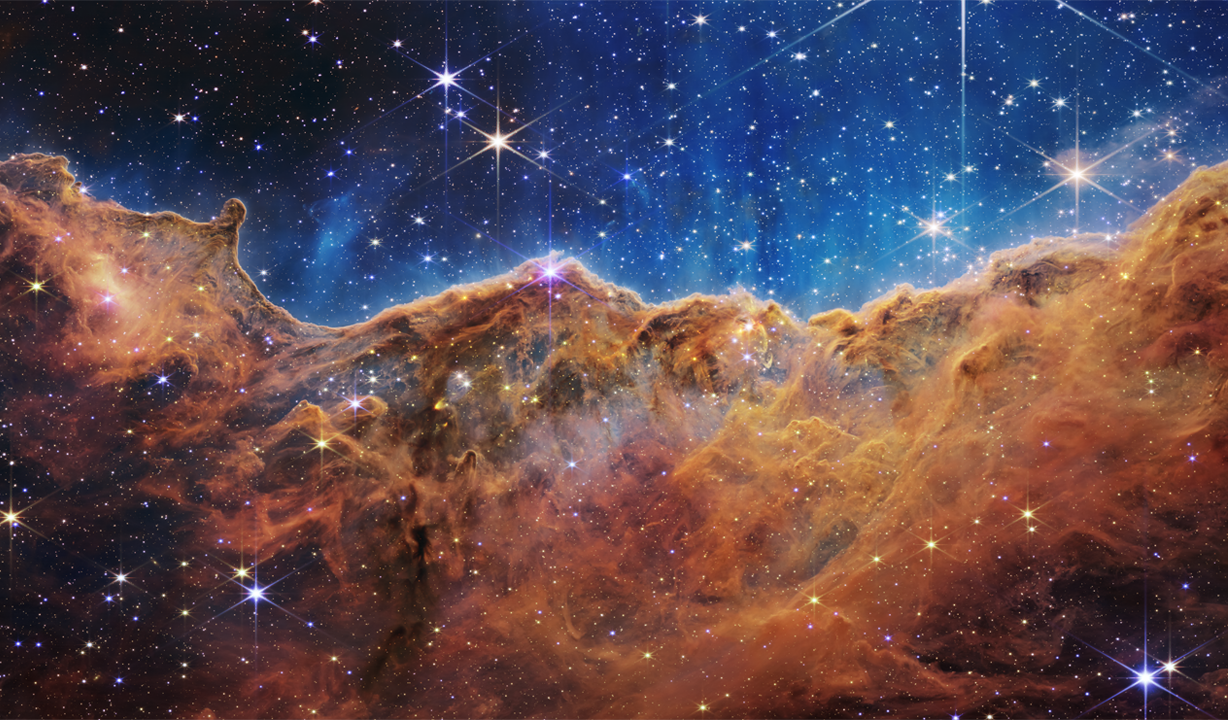As for evidence supporting design in the universe, I mentioned in post 1358 about the “flatness problem”:
otseng wrote: ↑Thu Sep 15, 2022 6:39 am As for the universe being Euclidean, this is the flatness problem.In the case of the flatness problem, the parameter which appears fine-tuned is the density of matter and energy in the universe. This value affects the curvature of space-time, with a very specific critical value being required for a flat universe. The current density of the universe is observed to be very close to this critical value.
The fine-tuning required for the universe to be be flat is one in 10^62.
Since any departure of the total density from the critical value would increase rapidly over cosmic time,[1] the early universe must have had a density even closer to the critical density, departing from it by one part in 10^62 or less. This leads cosmologists to question how the initial density came to be so closely fine-tuned to this ‘special’ value.
https://en.wikipedia.org/wiki/Flatness_problem
To give an idea of the magnitude of this, suppose you have a deck of cards and each star in the universe is a card. You have five decks. All the decks are shuffled. You randomly choose a card from each of the 5 decks. The probability of all five cards to be the sun is equivalent to the precision required for the universe to be flat.
It is a problem for naturalists because the odds of the universe being flat is statistically impossible.
There is no known reason for the density of the Universe to be so close to the critical density, and this appears to be an unacceptably strange coincidence in the view of most astronomers. Hence the flatness ‘problem’.
https://astronomy.swin.edu.au/cosmos/f/Flatness+Problem
However, for theists, it is not a problem because it affirms the universe was designed.
And the flatness problem is just one example of fine-tuning in the universe. Here’s a sampling of some others:
Martin Rees formulates the fine-tuning of the universe in terms of the following six dimensionless physical constants.[2][17]* N, the ratio of the electromagnetic force to the gravitational force between a pair of protons, is approximately 1036. According to Rees, if it were significantly smaller, only a small and short-lived universe could exist.[17] * Epsilon (ε), a measure of the nuclear efficiency of fusion from hydrogen to helium, is 0.007: when four nucleons fuse into helium, 0.007 (0.7%) of their mass is converted to energy. The value of ε is in part determined by the strength of the strong nuclear force.[18] If ε were 0.006, a proton could not bond to a neutron, and only hydrogen could exist, and complex chemistry would be impossible. According to Rees, if it were above 0.008, no hydrogen would exist, as all the hydrogen would have been fused shortly after the Big Bang. Other physicists disagree, calculating that substantial hydrogen remains as long as the strong force coupling constant increases by less than about 50%.[15][17] * Omega (Ω), commonly known as the density parameter, is the relative importance of gravity and expansion energy in the universe. It is the ratio of the mass density of the universe to the “critical density” and is approximately 1. If gravity were too strong compared with dark energy and the initial metric expansion, the universe would have collapsed before life could have evolved. If gravity were too weak, no stars would have formed.[17][19] * Lambda (Λ), commonly known as the cosmological constant, describes the ratio of the density of dark energy to the critical energy density of the universe, given certain reasonable assumptions such as that dark energy density is a constant. In terms of Planck units, and as a natural dimensionless value, Λ is on the order of 10−122.[20] This is so small that it has no significant effect on cosmic structures that are smaller than a billion light-years across. A slightly larger value of the cosmological constant would have caused space to expand rapidly enough that stars and other astronomical structures would not be able to form.[17][21] * Q, the ratio of the gravitational energy required to pull a large galaxy apart to the energy equivalent of its mass, is around 10−5. If it is too small, no stars can form. If it is too large, no stars can survive because the universe is too violent, according to Rees.[17] * D, the number of spatial dimensions in spacetime, is 3. Rees claims that life could not exist if there were 2 or 4 dimensions of spacetime nor if the number of time dimensions in spacetime were anything other than 1.[17] Rees argues this does not preclude the existence of ten-dimensional strings.[2]
https://en.wikipedia.org/wiki/Fine-tuned_universe
https://debatingchristianity.com/forum/viewtopic.php?p=1092969#p1092969
